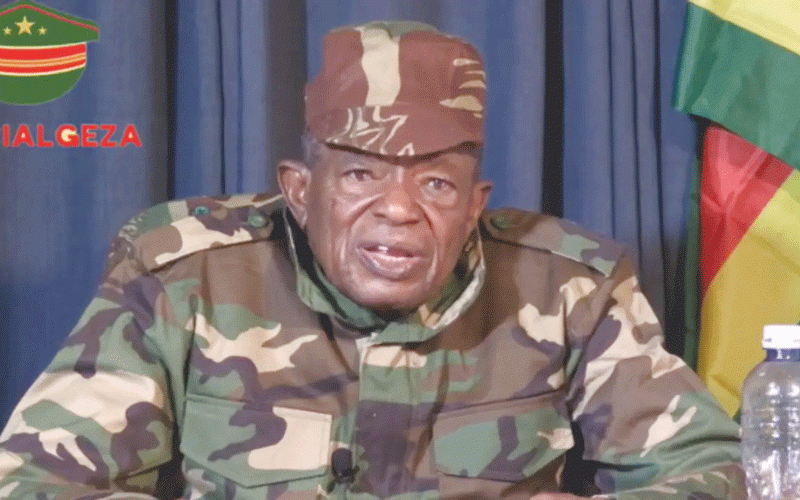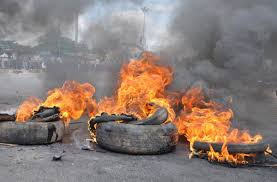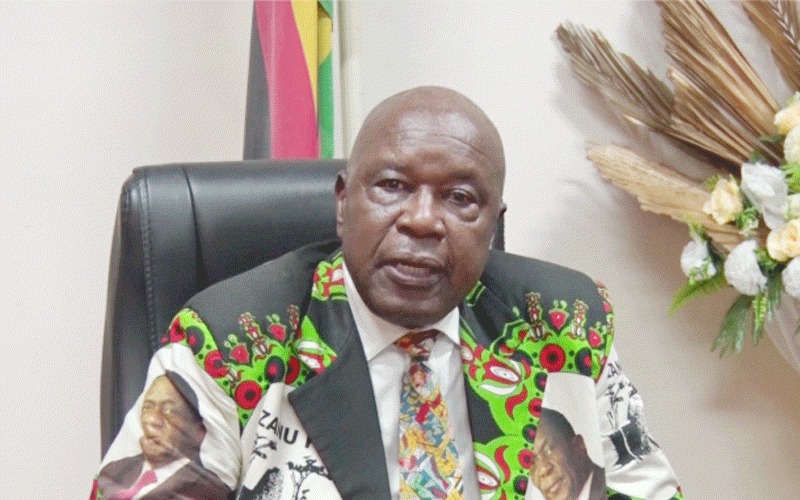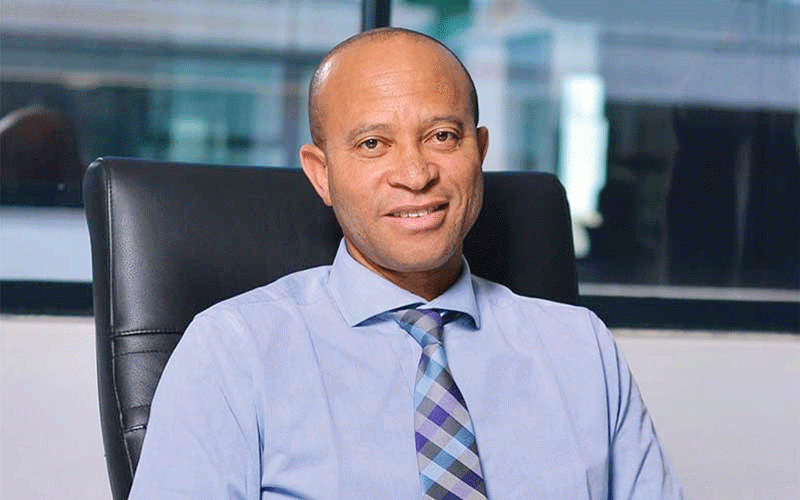BY MTHANDAZO NYONI
ACUTE coal shortages grounded state run thermal power stations for 142 days during the first quarter of this year, triggering a sharp fall in production, the Zimbabwe Power Company (ZPC) says.
In a quarterly review covering the first three months of 2022, ZPC, a unit of power utility Zesa Holdings, said small thermal power stations contributed only 1% to total electricity output during the period.
Zimbabwe has three thermal power stations namely Bulawayo, Munyati and Harare.
The Hwange Power Station is the largest thermal power station.
ZPC did not disclose why the country experienced coal shortages.
But in the past few years, local miners have been struggling to meet demand for various reasons.
ZPC indicated that Bulawayo, Harare and Munyati power stations missed their quarterly power target of 47,50 gigawatt hours (GWh) by 45,17%.
However, the country surpassed its total quarterly power generation target by 18,55% due to improved reliability and plant optimisation at Hwange Thermal Power Station, as well as increased generation at Kariba hydro power station.
“The small thermal power stations missed their target which was pegged at 47,50GWh by 45,17% due to lack of coal stocks and low plant availability, which resulted in the stations shutting for a total of 142 days during the quarter,” ZPC said in its first quarter update.
Over the years, due to ageing plant equipment, small thermal power stations have lost their generation capacity, which has seen their output dropping to zero production on some days due to operational constraints.
The ZPC said 2022 started off well with notable improvement in output in the first quarter.
“The quarterly target, which was set at 1885,30GWh was surpassed by 18,55%.
“This is mainly attributed to improved reliability and plant optimisation at Hwange, as well as increased generation at Kariba hydro power station to cater for high system demand,” the update reads in part.
“Hwange generated with four units for the bulk of the quarter while all eight units at Kariba were available for peak generation on most days.”
Kariba power station contributed 70% of the total energy production in the period under review, 4% of which was exported to NamPower.
Hwange power station, which is undergoing a US$1,5 billion expansion programme, contributed 29% of the total, the report noted.
“Kariba power station contributed more than planned as it was ramped to meet high system demand and compensate for low generation at the small thermal stations,” ZPC said.
Although the Hwange 7 and 8 expansion project has faced delays predominantly caused by the Covid–19 pandemic, ZPC said the project was proceeding smoothly and it was on course to commission Unit 7 at the end of November this year, while Unit 8 is expected to feed into the grid in April 2023.
The project is currently at 83% complete, said ZPC.
It said the construction of a second pipeline and upgrade of the existing Deka pump station commenced in 2021.
It is expected to be completed at the end of March 2023.
The US$48 million project is being implemented in parallel to the Hwange Unit 7 and 8 expansion project, and is expected to solve the perennial water supply problem at Hwange power station, the country’s largest coal-fired power plant
The ZPC said plans to repower Bulawayo power station were on course and the impasse over ownership issues between it and Bulawayo City Council has been escalated to the Ministry of Local Government, Public Works and National Housing for assistance.
The company said it was stirring towards the use of renewable energy for power generation in order to achieve zero harm to the environment.
Some of the projects on the cards include Gairezi Hydro Power Plant and Batoka Gorge Hydro Power Project.
The Batoka project, which is being jointly developed by the governments of Zambia and Zimbabwe through Zambezi River Authority, has a capacity of 1 200 MW.
Construction costs have been estimated at about US$2,3 billion.





